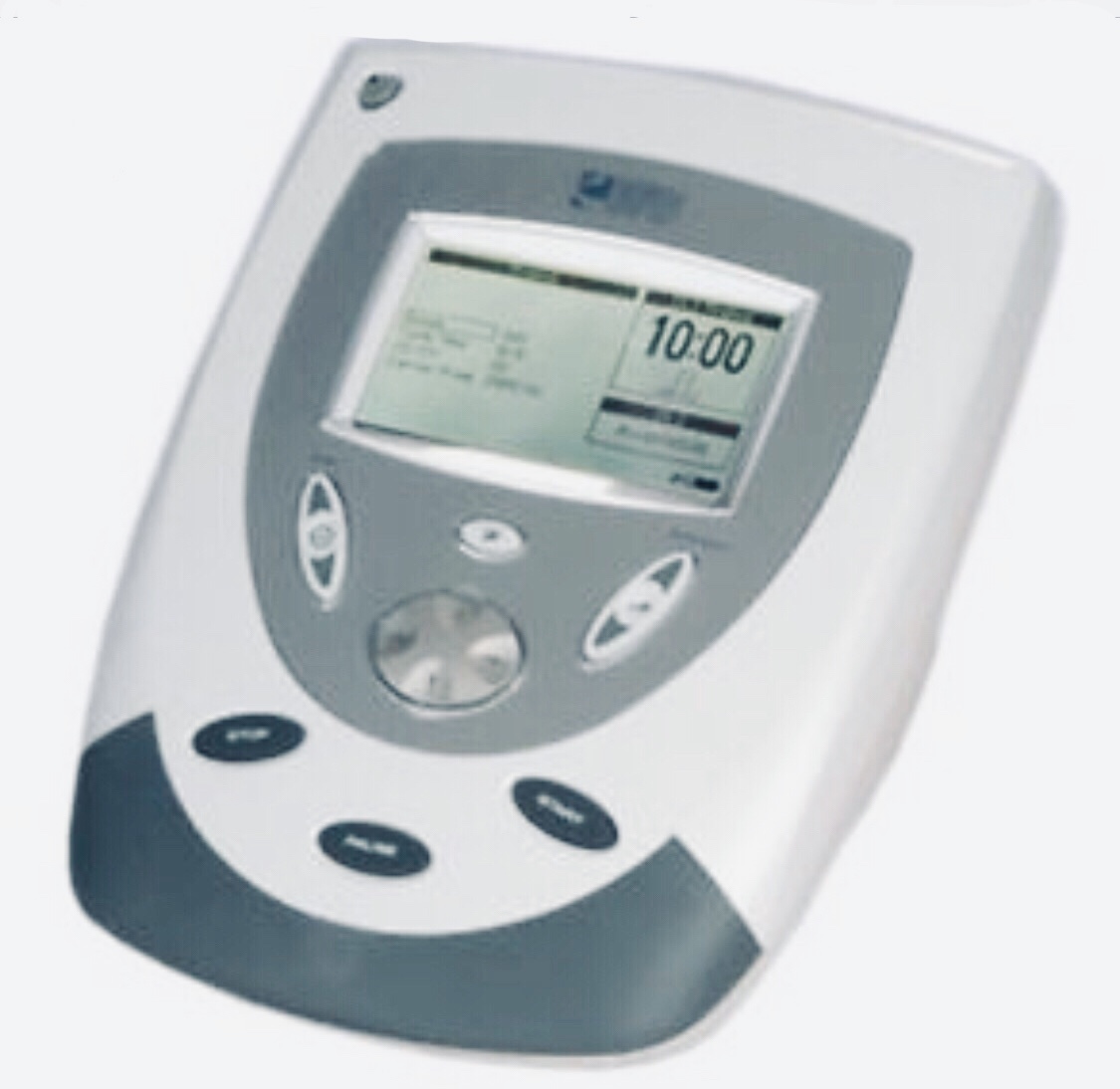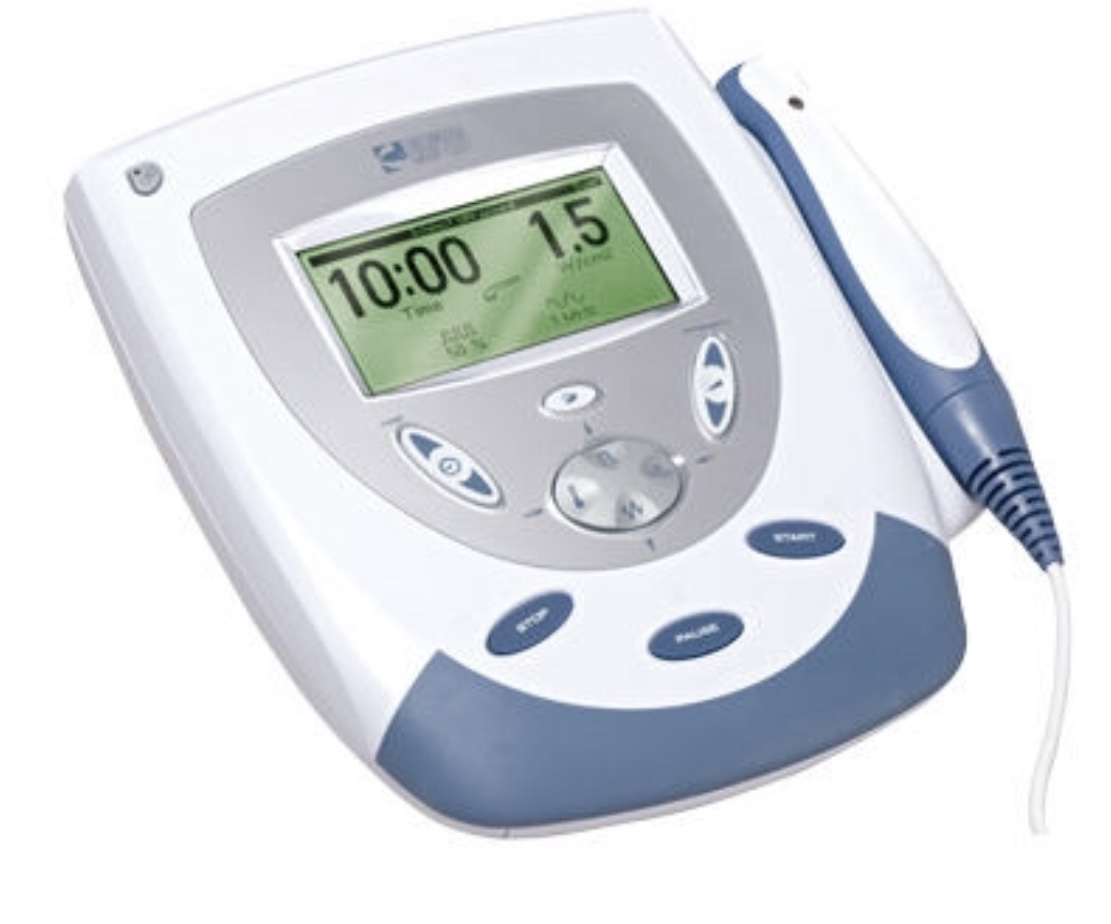Musculoskeletal physiotherapy
There are different treatment approaches commonly used by physiotherapist: Depending on your specific problems and goals, your physiotherapist may employ a combination of the following:
- Mobilisations of spinal and peripheral joints
- Muscle energy techniques
- Passive stretching
- Manual muscle relaxation techniques
- Mobilisations of the nervous system (Neural Flossing).

-
Soft tissue mobilization may be a part of your physiotherapy treatment using Physiotherapy Instrument Mobilisation (PIM). To
- Reduce muscle spasm leading to restoration of normal movement
- Assist older injuries to heal by breaking down adhesions and therefore restoring mobility
- Restore normal tissue extensibility and blood supply.
- Prepares the area for further manual therapy techniques to relax your tight muscles, relieve pain and reduce swelling.
-
Cold therapy is effective in minimizing pain and swelling, especially in acute or recent injuries. Examples of cold therapy are ice pack or ice massage.
-
Heat therapy can help in improving blood flow especially at the site of injury, thus, speeding up healing. It can also help softening tight tissues and relieving pain. Examples of heat therapy including
- Hot packs
- Infrared heat
- Paraffin Bath: A Paraffin Bath is a type of deep heat therapy. It is used to heat small joints of hands or feet. With Paraffin Bath, heat is able to surround the joints. The temperature of the wax is 125 F ( 51 c). It helps provide relief for pain and stiffness due to arthritis. The technique involves dipping the hand or foot into the paraffin, then wrapping the hand or foot by a plastic bag and towel quickly after dipping for 10 minutes.
- Cold Lasers or Low-Level Laser Therapy (LLLT)
- High Power Laser Therapy (HPLT)

-
In electrical stimulation, electrodes are placed on the surface of the skin, which can cause muscles to contract.
-
TENS, or transcutaneous electrical nerve stimulation, is a type of electrical stimulation. It is a device that sends low current through the electrodes place on the skin surface. It provides pain relief by blocking nerve signals carrying pain messages to the brain. TENS also stimulates the production of endorphins – our natural pain relieving hormones.
-
Interferential current involves the passing of two high frequency currents through the tissues. Where the currents intersect, a new current is formed. It is a deeper form of the common treatment TENS. The high frequency waveform of the Interferential current reaches the skin deeply with a higher level of stimulation and less discomfort to the patient. It helps the body produce the natural pain relieving, healing chemicals called endorphins. This can help in the treatment of circulatory and muscular disorders, stiffness of joints, swelling, and inflammation.

High frequency sound waves are used to treat injuries to soft tissues. The sound waves pass through the skin causing the tissues in the affected area to vibrate. Gel is used to assist transmission of the ultrasonic waves.
These waves help to improve blood flow to the injured site, increase the breakdown of scar tissue, consequently, decrease pain and speed up the healing process. It also helps in reducing swelling in affected area.

The Low-Level Laser :Therapy utilizes red and near infrared light over areas of injury or wounds in order to accelerate the healing process of soft tissue, reduce inflammation and also to give relief from acute and chronic pain.
The High power Laser : Therapy allows deep tissue penetration. Its maximum power is more than 50 times higher than in cold laser therapy. It is effective for wide range of conditions such as muscle injuries, tendinopathies, degenerative joint disorders, ligament sprain. In contrast to surgical lasers, the therapeutic lasers gently pass through your skin without breaking the skin or causing discomfort.

Acupuncture is a branch of traditional Chinese medicine. It involves inserting ultra-thin, sterilised, disposable needles at specific acupuncture points to balance the body’s Chi
In Chinese medicine Qi (or Chi) refers to the flow of vital energy in the body through channels or meridians. If a problem occurs, energy slows down or becomes stagnated.
By stimulating appropriate points on the body, acupuncture is thought to release these blockages and promote healing.
Acupuncture in Physiotherapy is used together with more traditional, conventional physiotherapy treatments such as manual therapy and exercise.
Dry needling is based on Western medicine principles. It is an effective technique for the treatment of muscular pain.
Dry needling or intramuscular stimulation (IMS), involves inserting ultra thin needle into the skin directly at myofascial trigger point ; muscle knot; which contributes to muscle pain and dysfunction. A local twitch response is often experienced. It means the trigger point has been stimulated, increasing the blood flow to the area which is extremely effective for relaxing overactive muscles. When this local twitch response occurs, a brief painful response might be felt but it won’t last. After dry needling treatment, the area that was treated will feel much softer and relaxed.
- Passive Range of Motion (PROM) Exercises
- Active Assistive Range of Motion (AAROM) Exercises
- Active Range of Motion (AROM) Exercises

In Physical therapy, therapeutic exercises can be described by physiotherapists to return an injured person to a pain free, fully functioning state.
Based on the initial assessment, the physiotherapist will determine a treatment plan that includes specific exercise program fitted your condition.
The exercise program may include mobility (range of motion) exercises, flexibility (stretching) exercises, stability, coordination exercises, muscle performance (strengthening and endurance ) exercises, balance exercises and neuromuscular control( proprioception) exercises.
-
Range of motion exercises are often prescribed to increase or maintain flexibility of your joints and to reduce stiffness.
There several types of range of motion exercises often prescribed including the following
-
It is a type of physical exercise in which a soft tissue such as muscle,
tendon or capsule is lengthened in order to improve the mobility of the soft tissues and consequently,
increase range of motion and flexibility.
Balance exercises are the exercises that focus on maintaining an individual’s center of gravity.
These exercises will improve your ability to control and stabilize your body’s position and prevent falls.
These are advanced exercises to restore the ability of the brain to sense the position of a joint and control its movement relative to the rest of the body.
Proprioceptive ability is often lost or reduced following an injury to certain joint.
By doing these advanced type of exercises, a joint can return completely to the pre injury state which will decrease the risk for any future injury to this joint.
-
Taping in physiotherapy is a procedure that involves the application of specialized tape to the skin to help in:
- Pain control and management
- Joint and ligament support
- Swelling control and management
- Postural retraining
- Creating joint and body awareness
- Stimulating or relaxing muscle
- Sports rehabilitation The physiotherapist will use different taping techniques to achieve the desired results.

-
Your physiotherapist will educate you about your particular condition, what you can do at home to help yourself,
precautions to observe, what to avoid to prevent repeated injury.
Women health, Pelvic floor Physiotherapy
- Stress Incontinence – leakage of urine when you run, laugh, cough or sneeze
- Urge incontinence – leakage when you have a strong and sudden urge to go to the toilet, but don’t make it in time
- Bowel dysfunction – problems with constipation or control of wind or Fecal incontinence
- Prolapse of pelvic organs – including bladder, bowel or uterus
- Pain in the pelvic, abdominal or vulva region
- Pain with sexual intercourse
- Pre/Post surgery – hysterectomy, anterior/posterior wall repair, caesarean delivery
- Pre natal conditions – pelvic girdle and low back pain, carpel tunnel syndrome
- Post natal conditions – pelvic floor weakness, neck, back, vaginal, rectum , pubic bone or perineal pain, Scarring from c- section or episiotomy.
- Pelvic floor and abdominal muscle weakness – Including poor awareness of how to exercise these muscles correctly or effectively. Physiotherapy for these conditions includes a confidential and private assessment of the pelvic floor and abdominal muscles, bladder and bowel function. Your physiotherapist will get a good understanding of various factors that affect your lifestyle and then design a treatment program to suit your specific condition and lifestyle.
